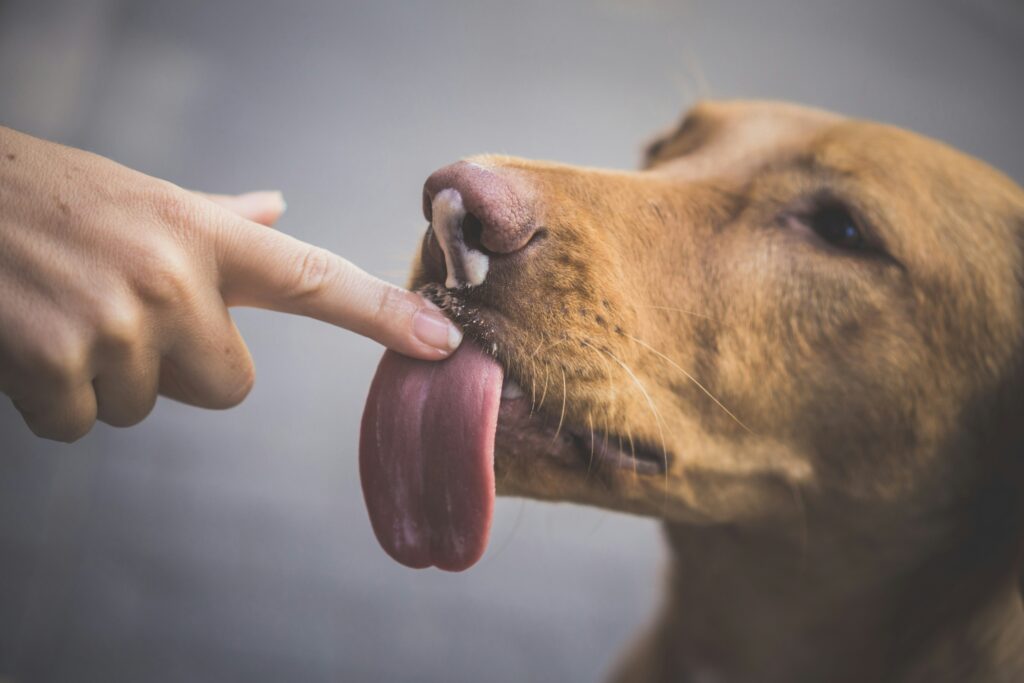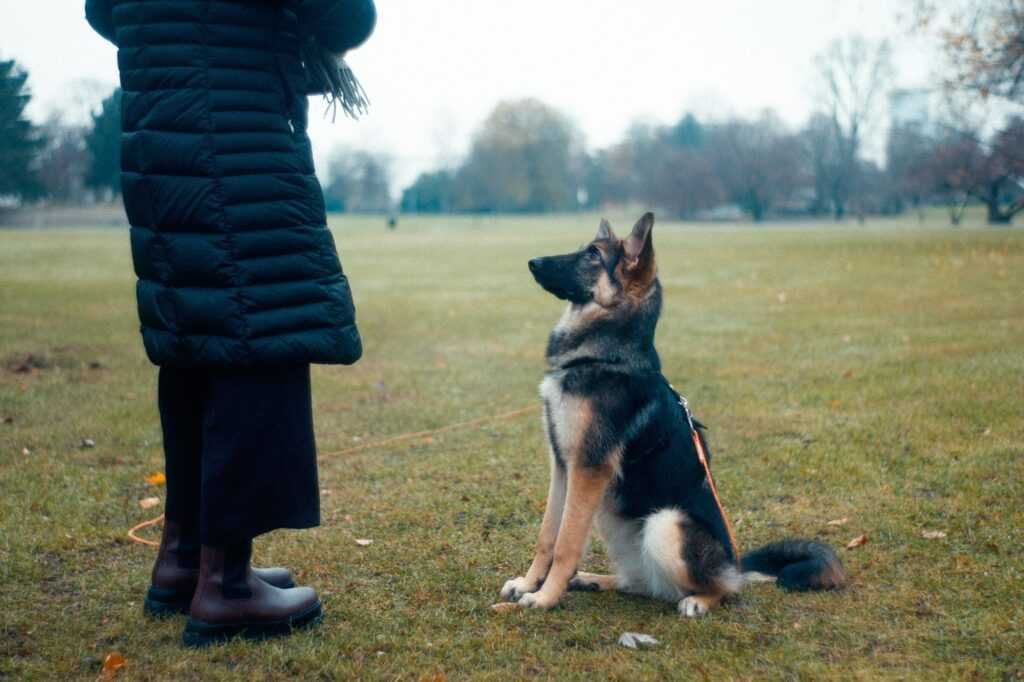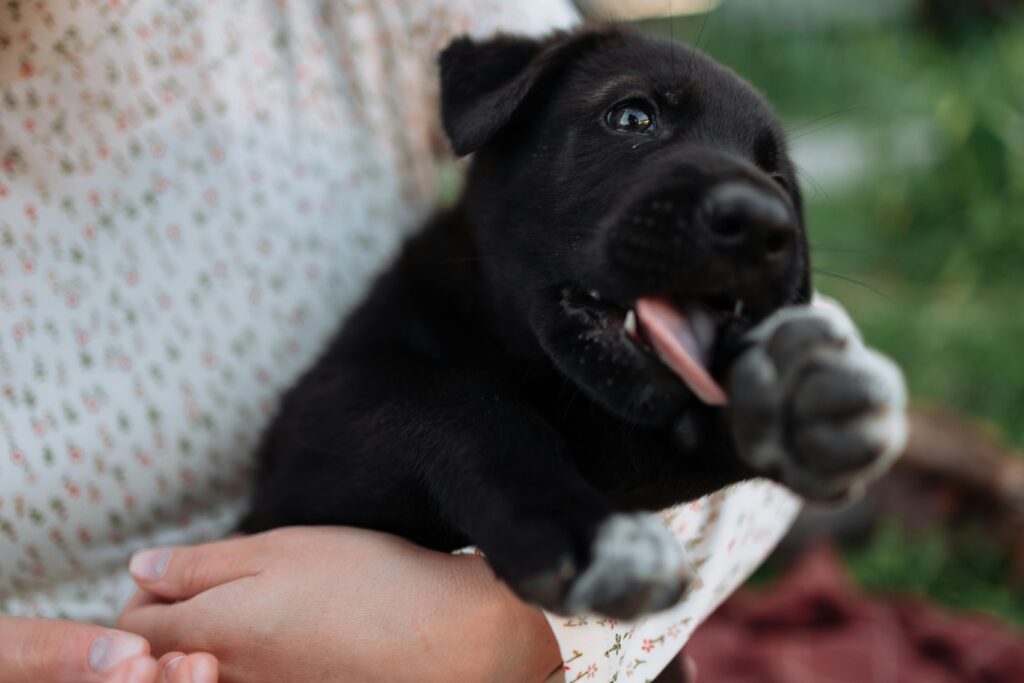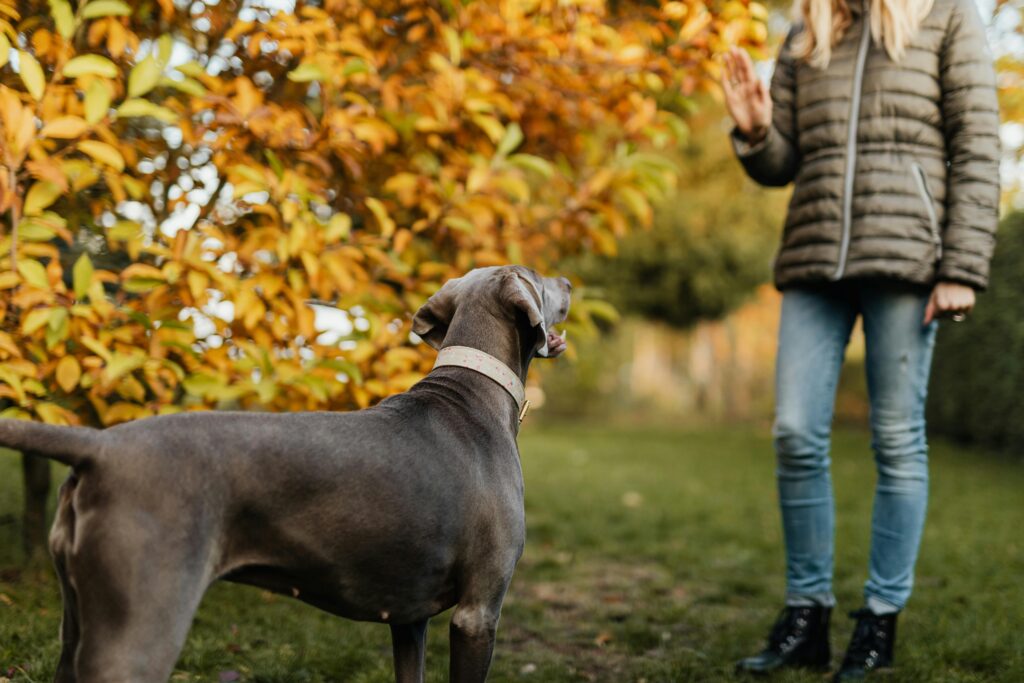Key Tips To Socialize Your Dog The Right Way
Why Socialization Matters A well socialized dog isn’t just friendlier it’s more confident, reliable, and easier to manage in a variety of situations. Socialization goes […]
Key Tips To Socialize Your Dog The Right Way Read More »







